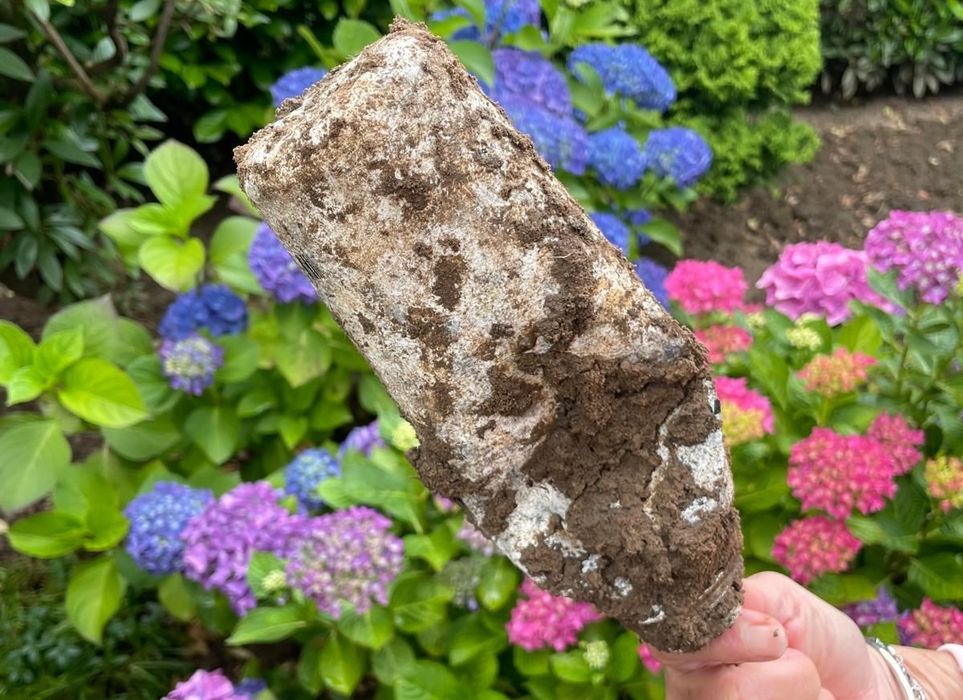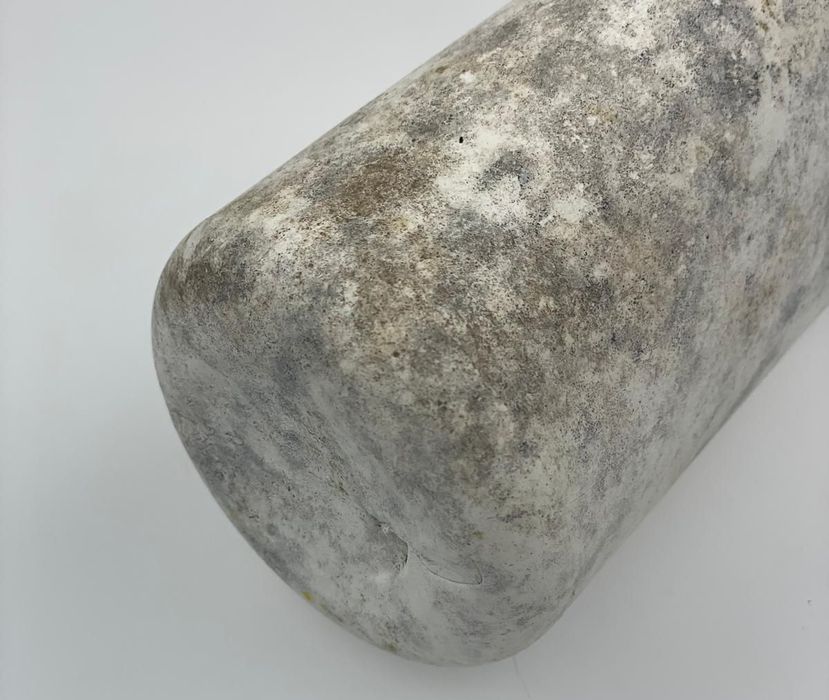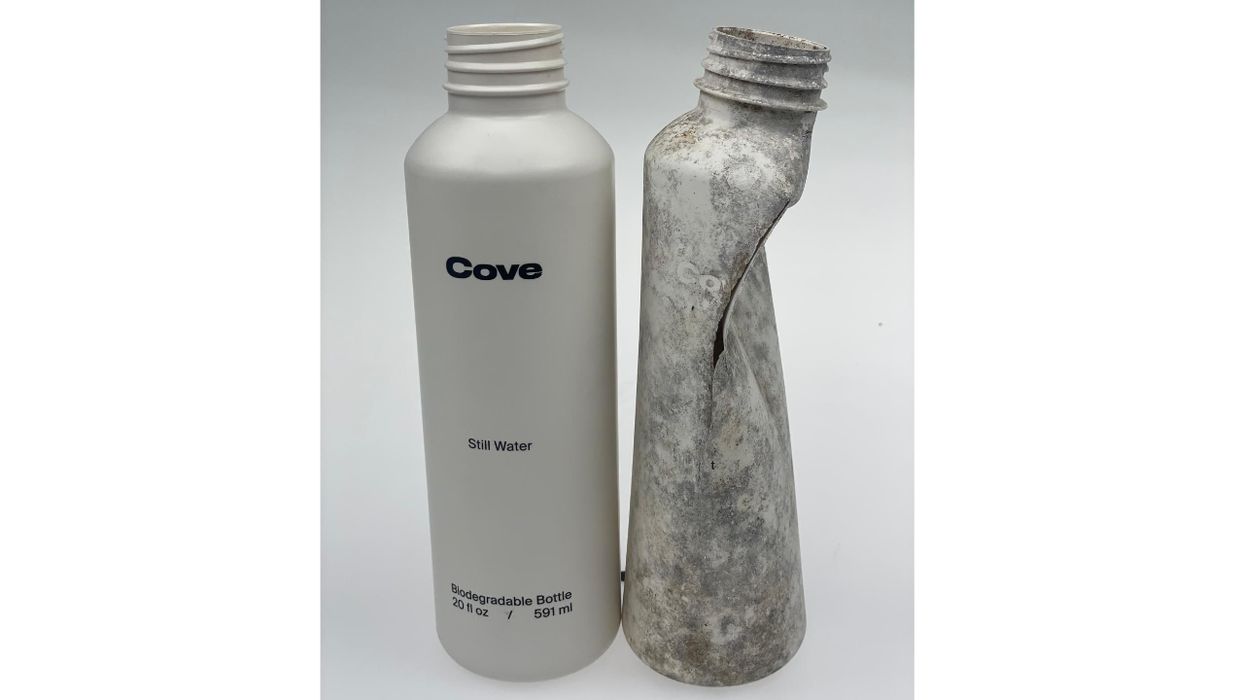
Is there really a biodegradable 3D print material? It turns it there is at least one: PHA.
PHA is not at all a popular material for 3D printing, and in fact I don’t think I’ve ever used it. But it is available from very few suppliers, with perhaps the most notable being colorFabb, which introduced their “allPHA” product line — which is pronounced “alpha”, get it?
PHA has reasonable 3D print properties, and can easily be used. But its major benefit is that it is apparently naturally biodegradable. This means that you could theoretically bury a PHA part in a landfill and it would decompose on its own. If PHA use were more widespread it could help slow the microplastic crisis.
I say you could “theoretically” bury a PHA part, but it turns out someone actually did this. Ruud Rouleaux posted:
“This is a non-scientific test.
Just to create awareness.My dad decided to bury a PHA based bottle in his garden last year (october 2023), to investigate my claim that this bottle (made by Cove) is soil-biodegradable.
The proof is in the pudding….
after digging it up yesterday.A picture is worth a thousand words.
Micro-organisms digest and use PHA as a nutrient.”
As you can see in the images here, the PHA bottle has definitely degraded, apparently without any special effort. The bottle has not completely decomposed, but it seems well on the way to doing so.

Bacteria take time to progress, and the decomposition rate also depends on environmental conditions. This bottle seems to have been buried over the winter, when temperatures were lower and perhaps that slowed bacterial activity.

I’m now looking at my rather large pile of 3D printed waste, made from scraps, support materials, failed prints, etc. If those items were made in PHA, I would simply bury it all in the garden.
But no, it’s mostly PLA and will inevitably end up in the local landfill.
What’s needed here is one of the larger 3D printer manufacturers to make a push towards use of PHA as a standard material. Imagine, for example, if Bambu Lab shipped their A1 series with PHA spools and offered them in their filament store?
It’s entirely possible to do, and I hope we see more PHA in the future.
Via LinkedIn

